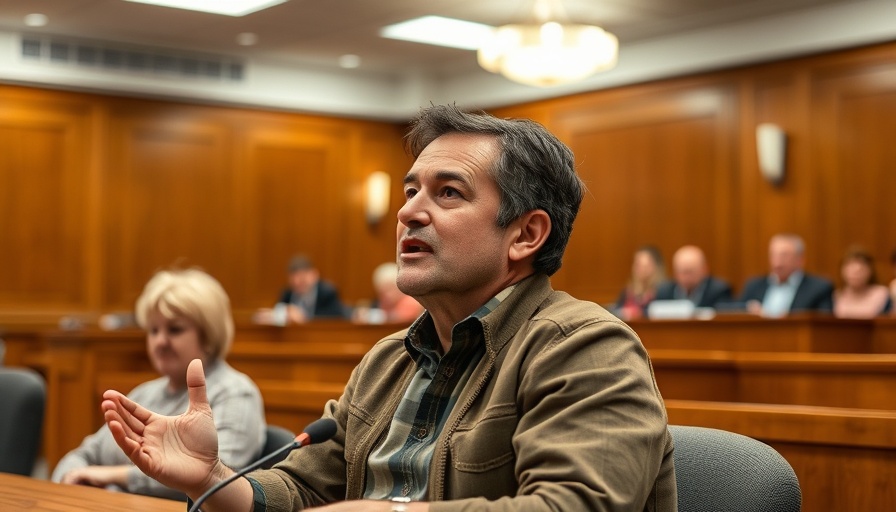
The Removal of Murals Sparks Controversy in Tampa Bay
The ongoing controversy surrounding the removal of murals in the Tampa Bay area reached a boiling point recently, highlighted by the arrest of two church leaders. On August 29, 2025, Andy Oliver and Benedict Atherton-Zeman were taken into custody outside the Carter G. Woodson African American Museum as they attempted to block Florida Department of Transportation workers from painting over a Black Lives Matter mural.
The officials stated that they are removing the murals for safety concerns, an assertion that has fueled debates about the cultural significance of these artworks. Governor Ron DeSantis' administration has been a driving force behind this initiative, describing the art as potential distractions. However, many residents see these murals, which include tributes to the Pride nightclub shooting victims, as vital symbols of community resilience and historical acknowledgment.
Voices Against Censorship: A Community Response
The arrest of the church leaders has incited a rallying cry among community supporters of the mural movements. On social media, Oliver emphasized the need to preserve Black history, quoting Carter G. Woodson, "Let us banish fear… I am a radical. I am ready to act, if I can find brave [people] to help me." His post signals a willingness to challenge what many perceive as an affront to cultural expression.
This incident has raised questions about artistic freedom versus governmental authority. While some argue that removing these murals enhances public safety, others believe it represents a dangerous precedent for suppressing important social messages. The juxtaposition of safety versus cultural expression is at the heart of this issue and invites further community discourse.
The Broader Implications of Art Removal
As state officials continue to erase various murals across the region, the implications extend beyond aesthetics. These artworks have become significant narrative tools in speaking to local history and social issues. Without them, residents fear a loss of vital cultural memory.
Interestingly, the state's initiative has prompted discussions about the role of public art in shaping community identity. Just last month, residents had expressed pride in the diverse local art scene, which has amplified voices that are often marginalized. Community forums are expected to spring up in the coming weeks, focusing on ways to advocate for the arts and ensure that all narratives, particularly those crucial to unity and remembrance, remain visible.
What's Next for Tampa Bay's Community Art?
A strong response from the community is anticipated as part of an ongoing dialogue about public art’s role. Will there be new initiatives to preserve existing works or create new murals that celebrate cultural diversity? Local artists and advocates are already mobilizing, showcasing the resilience of communities even in the face of opposition.
This captivating and controversial situation raises awareness and engages communities in discussions about their rights to express identity through art.
 Add Row
Add Row  Add
Add 



Write A Comment